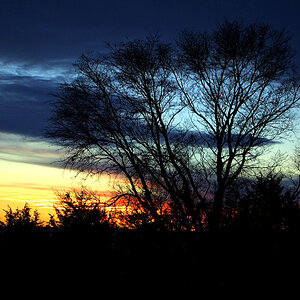- Joined
- Dec 14, 2010
- Messages
- 928
- Reaction score
- 1,026
- Location
- NC, USA
- Website
- www.flickr.com
- Can others edit my Photos
- Photos NOT OK to edit
These spots are showing up more and more. I cleaned the Nikon D750 DSLR sensor many times as well as the rear lens element and it's getting worse in the last few weeks, from only a few to so many it's astounding. Is this lubricating oil from the shutter? Or damage to the sensor? Or something else?
I did a rough B/W edit w/ high contrast and high structure to highlight them and show them off.

I did a rough B/W edit w/ high contrast and high structure to highlight them and show them off.


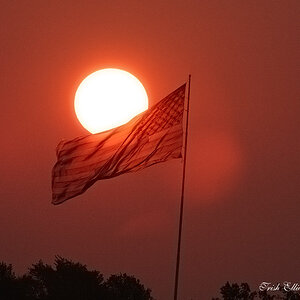

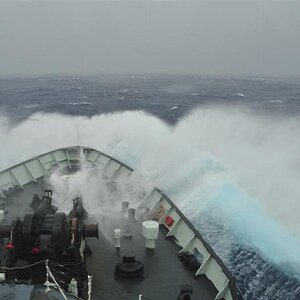

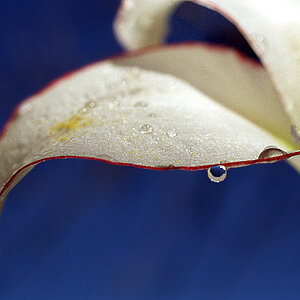

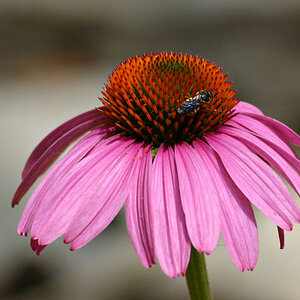
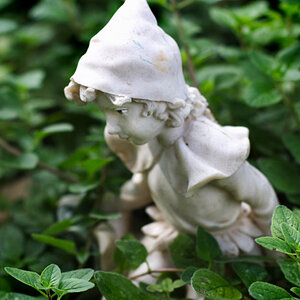
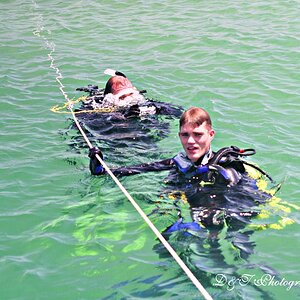
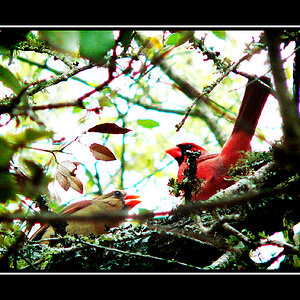
![[No title]](/data/xfmg/thumbnail/37/37640-803bb25a4f46642289fe136733ddfbde.jpg?1619738159)
